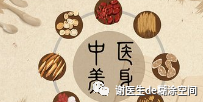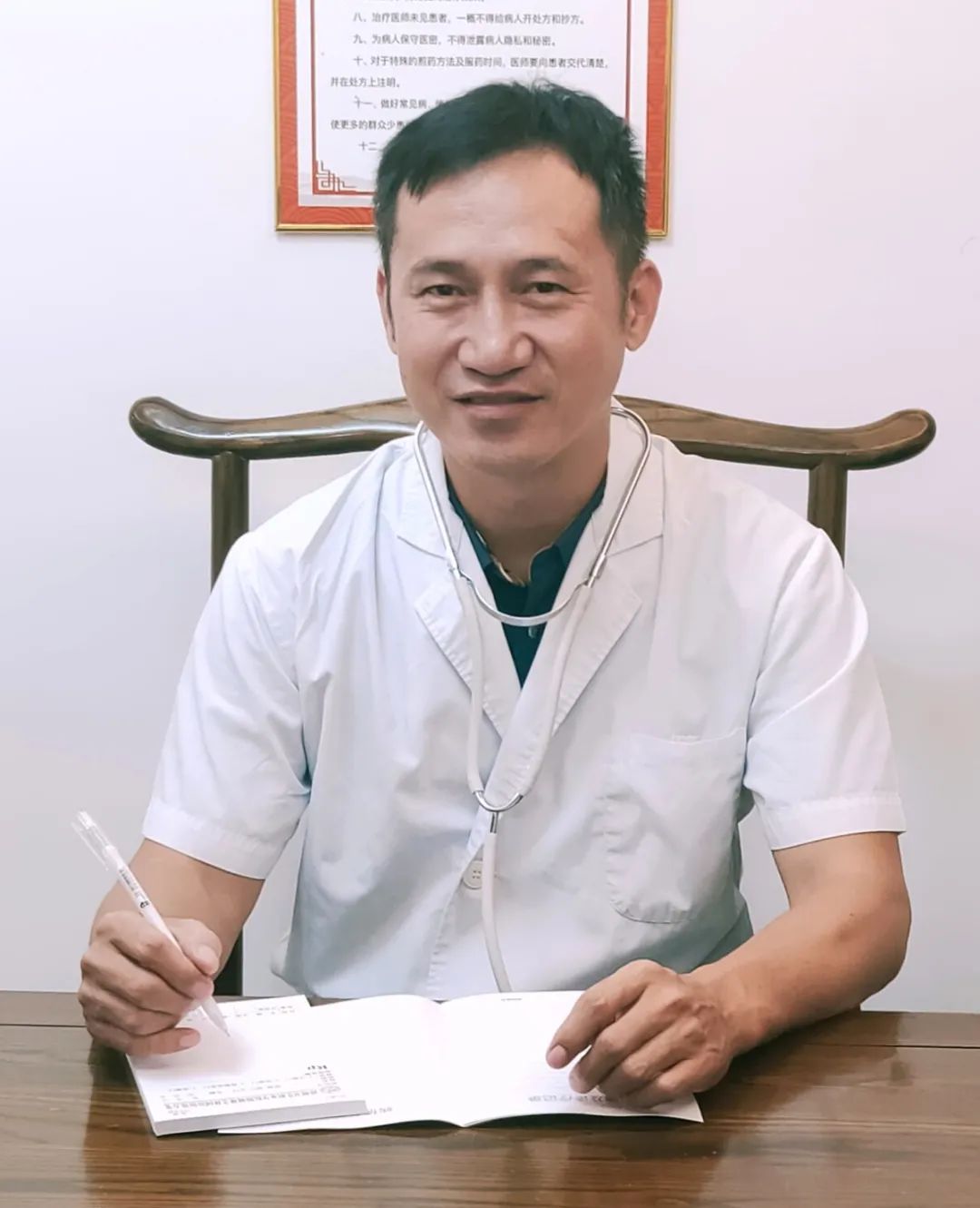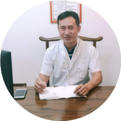Introduction: Mr. Tao Yufeng has compiled 18 clinical treatment references for “Lian Qiao” based on ancient texts, the experiences of medical practitioners throughout history, and his own clinical insights, which are worth learning and collecting.

1
Lian Qiao (Forsythia Suspensa) possesses the ability to elevate and disperse, facilitating the circulation of Qi and blood, and can treat blood stasis and Qi accumulation in the twelve meridians,making it a crucial herb for treating sores.
It can also release the exterior and resolve muscle tension, expelling toxins,making it an essential herb for treating rashes and itching.
When used to treat exterior wind-heat, a dosage of 1 liang (approximately 30 grams) will induce sweating, and its sweating effect is gentle and prolonged,thus it is also a key herb for treating wind-heat.
2
In the treatment of sores in the twelve meridians, Lian Qiao must not be absent,as it embodies the principle of dispersing what is congealed.
For carbuncles and sores, they are caused by the obstruction of Ying Qi and the stagnation of Wei Qi,and Lian Qiao clears heat to eliminate stasis, its fragrant and light nature disperses stagnation, thus allowing Ying and Wei to flow and the sores to resolve.
3
Lian Qiao has a strong aromatic quality and a cooling nature, thus it can address any heat stagnation in the Qi level. It also has a slightly bitter and pungent taste, allowing it to treat the toxic evils retained in the liver.
4
Lian Qiao is adept at regulating liver Qi,being able to both soothe liver Qi stagnation and pacify excessive liver Qi, excelling in treating conditions caused by anger.
5
Lian Qiao’s cooling and elevating nature makes it effective for treating head and eye disorders.
It can address headaches, eye pain, toothaches, nasal congestion, or runny nose leading to brain leakage.
6
Lian Qiao can be used with Jing Jie (Schizonepeta) to treat wind-heat; with Huang Qin (Scutellaria) and Huang Lian (Coptis) to treat fire-heat; with Da Huang (Rhubarb) to treat dryness-heat; with Cang Zhu (Atractylodes) and Huang Bai (Phellodendron) to treat damp-heat;
with Dang Gui (Angelica) and Sheng Di (Rehmannia) to treat blood-heat;
with Bei Mu (Fritillaria) and Ban Xia (Pinellia) to treat phlegm-heat; with Shan Zhi (Gardenia) to treat stagnation-heat; with Gan Cao (Licorice) and Mai Dong (Ophiopogon) to treat irritability-heat; and with Jin Yin Hua (Honeysuckle) and Zi Hua Di Ding (Viola) to treat the heat of swollen sores.
7
When used with Niu Bang Zi (Burdock Seed), Lian Qiao has remarkable effects in treating sores.
8
For bitter mouth due to gallbladder heat stagnation, Lian Qiao combined with Chai Hu (Bupleurum) is particularly effective.
It is also said to work well with Long Dan Cao (Gentian). The author has verified that in clinical cases of patients complaining of bitter mouth, adding Lian Qiao10-12grams and Long Dan Cao6grams based on pattern differentiation has repeatedly shown efficacy.
9
Lian Qiao is a sacred herb for clearing heat, capable of treating wind-heat exterior invasion, the onset of warm diseases, and fevers in all seasons, especially effective for fevers in children,with significant heat-clearing and detoxifying effects.
10
Lian Qiao is excellent for controlling respiratory inflammation; using 60 grams alone, decocted into a concentrated liquid, taken in divided doses over one day for three days, is very effective for acute bronchitis, tonsillitis, and acute laryngitis.
If used with Jin Yin Hua, each at 30 grams, the method remains the same, and the efficacy is comparable.
11
For treating constipation, dried Lian Qiao can be cleaned and dried for use, with each dose of 15-30 grams steeped in water or boiled as tea, taken continuously for 1-2 weeks, and can be stopped once bowel movements resume.
12
Lian Qiao can enhance capillary resistance, thus it is essential for treating thrombocytopenic purpura. A dosage of around 30 grams is required for effectiveness.
13
Lian Qiao used alone (60-100 grams daily) or combined with Jin Yin Hua, Huang Qi (Astragalus), and Gan Cao, along with general Western medications to increase white blood cells, has shown good effects in increasing white blood cell counts.
14
For swollen lymph nodes in the neck or groin, Lian Qiao is quite effective, using 30 grams combined with Xuan Shen (Scrophularia), Xia Ku Cao (Selfheal), each 15 grams, and Zhe Bei Mu (Fritillaria) 9 grams, taken as one dose every two days.
15
For treating anal abscesses, using Jin Yin Hua, Lian Qiao, and Zao Jiao Ci (Soapberry) each at 15 grams decocted for oral intake, combined with decoction for external washing, has shown good effects. If the abscess has not formed, it can dissipate; if it has formed, it can rupture.This formula is also effective in preventing or alleviating complications such as anal pain and constipation after hemorrhoid surgery.
16
In gynecological clinical practice, when appropriately combined, Lian Qiao can yield remarkable results.In summary, its uses can be categorized into three.
First, it clears heat and resolves stasis, harmonizing blood and treating menstrual disorders.
For treating excessive menstrual flow, flooding, and dysmenorrhea due to excess heat, Lian Qiao is often used with Si Wu Tang (Four Substance Decoction) or Er Di Tang (Two Earth Decoction).
Second, it promotes dampness and clears heat, detoxifying for leukorrhea.
For treating damp-heat leukorrhea, Lian Qiao is often added to pattern-based prescriptions to enhance its ability to promote discharge, detoxify, and clear dampness.
Third, it clears heart fire and unblocks the three jiao to treat urinary issues.
Compared to other dampness-clearing and heat-clearing herbs, Lian Qiao is beneficial for pregnant women or those with weak constitutions, as it clears dampness without harming the fetus and expels evils without harming the righteous Qi.
If it is due to Yin deficiency and excess heart fire, this herb is often used with Zhu Ling Tang (Polyporus Decoction); if it is due to liver meridian damp-heat, it is often used in larger doses (20 grams) with Chai Hu, Bai Shao (White Peony), and Che Qian Cao (Plantago) for significant effects.
17
Combining Lian Qiao and Zi Cao (Lithospermum) in Xiao Yao San (Free and Easy Wanderer Powder) can effectively treat brown spots on the face caused by endocrine disorders, showing a synergistic effect. Additional herbs such as Yi Mu Cao (Leonurus), Nu Zhen Zi (Ligustrum), and Han Lian Cao (Eclipta) can also be added.
18
For treating vomiting milk, Lian Qiao must be included in any herbal formula, regardless of whether it is a purging or tonifying formula. Historical texts do not mention treating vomiting milk, but when synthesizing various theories, this principle emerges.
Lian Qiao is a herb for Shao Yang, Yang Ming, and Shao Yin, as vomiting is associated with inflammatory heat. Thus, it is used to drain heart fire, resolve liver and gallbladder heat, eliminate spleen and stomach damp-heat, and clear stagnation in the chest, thereby stopping the vomiting of milk.
It is effective not only for treating children’s vomiting but also for adults’ vomiting and pregnancy-related nausea.
Source: Xiao Xiangru Channel; this article is excerpted from “Clinical Materia Medica,”by Tao Yufeng.



Department of Acupuncture and Tuina: Xie Yibing

★ Associate Professor
★ Associate Chief Physician
Profile
Graduated from Fujian University of Traditional Chinese Medicine in 1990, with over 30 years of clinical experience.
Specialties
1. Traditional Chinese Medicine for Chronic Rhinitis and Cough: Utilizing rhinitis ointment and floating needle therapy to comprehensively treat various acute and chronic rhinitis, allergic rhinitis, and sinusitis. Also treating chronic cough, adenoid hypertrophy, chronic pharyngitis, and asthma.
2. Traditional Chinese Medicine for Yang Nourishing Acupuncture and Qi Guidance: a. Various constitution adjustments: treating women with Yang deficiency, cold uterus, cold limbs, menstrual pain, headaches, and infertility; treating Qi and blood deficiency leading to fatigue, easy susceptibility to colds, prolonged illness, hair loss, etc.; b. Detoxifying and reducing fat: treating abdominal obesity, primary hypertension (grade 1, 2), hyperlipidemia, gout, etc., and treating chronic urticaria, eczema, neurodermatitis, and acne.
3. Pediatric Tuina: treating children’s colds, coughs, sore throats, loss of appetite, food stagnation, enuresis, diarrhea, torticollis, and other conditions.
4. Pain Management in Traditional Chinese Medicine: utilizing rapid effect muscle relaxation and pain relief techniques, floating needles, and buried threads to treat various acute and chronic soft tissue injuries, degenerative changes causing pain, arthritis, spinal diseases, and related visceral dysfunctions. Specializing in treating cervical spondylosis, headaches, dizziness, lumbar disc herniation, lumbar muscle strain, chronic gastritis with abdominal distension and pain, etc.

【Disclaimer】The images and text are sourced from the internet, and the copyright belongs to the original author. If there is any infringement, please contact us for removal!
Warm Reminder:This platform shares health-related images and information for reference, learning, and communication purposes only, and should not be used as a basis for medical diagnosis. Please use under the guidance of a physician if needed.

